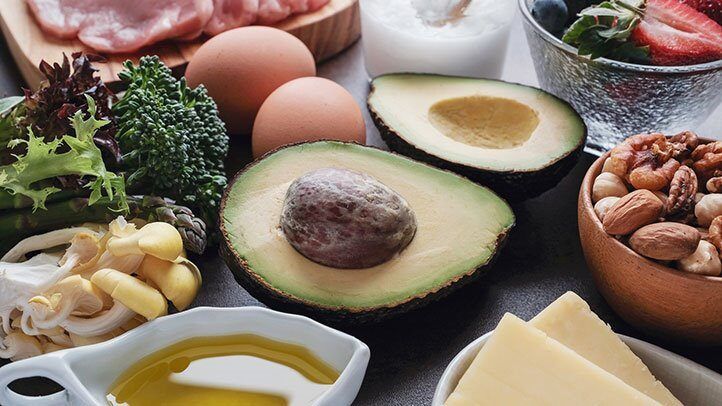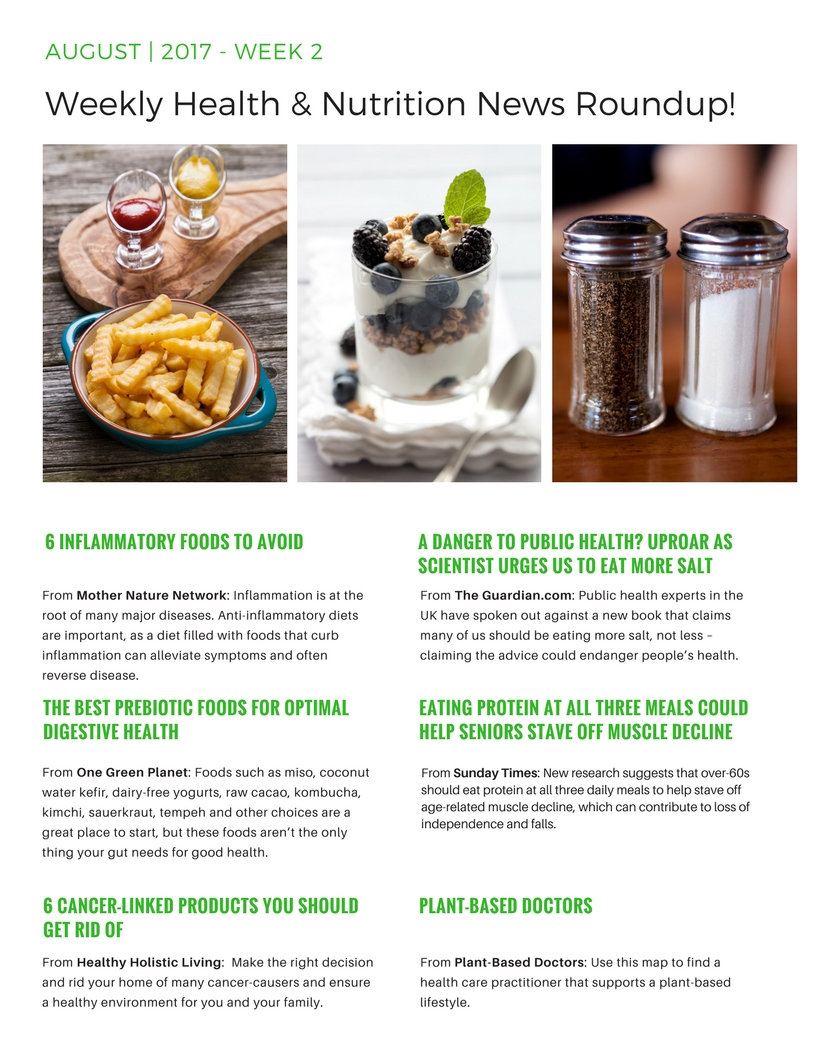
Practitioners and society will benefit from a greater understanding of healthy aging. There are many theories and approaches that can be used to define healthy ageing. These perspectives have influenced the ways in which we can approach aging and provide effective care. The extent to which these perspectives have been incorporated into daily practice is not yet clear. In addition, older adults remain underrepresented in the literature. As a result, future research may reveal better ways to support healthy aging.
Both policymakers and practitioners are increasingly embracing the idea of healthy aging. It is becoming increasingly clear that older adults' health is affected by their personal characteristics as well as the environment and physical conditions in which they live. The health of older adults is not only about medical issues, but also reflects a wide range of psycho-emotional, cognitive and spiritual components. Childhood environments can also have an impact on the health of older adults. It is therefore crucial to create more equitable public systems of health for healthy aging.

The concept of healthy old age is built on three core categories: programs, activities, and functional ability. Functional ability is the ability of one to meet basic needs, make informed decisions and take care for oneself. The social aspects of healthy aging include opportunities to be socially active, participate in a community, contribute to a community, and receive social support.
Demographic dividend refers to a younger, healthier, more active population. It can also be defined as lower health-care costs. It can also refer to better family well-being. However, aging remains a major policy concern for many governments. UNDESA has recently found that over two-thirds have identified population aging in their future policy concerns.
Even though older adults are underrepresented in research studies, their perspectives are crucial to understanding their well-being and health. In particular, their perspectives can inform clinical and policy implications. An integrated approach that includes spiritual, social, and psychological components can help improve the health of older adults. It is important that older adults learn to eat healthy and get active. A proactive approach to managing your health can help you achieve this.
Healthy aging is also founded on the life-course model, which recognizes that ageing is a process. This approach recognizes the fact that aging can begin at birth and continue throughout a person’s life. It recognizes the importance to youth of their health. Health of the youth can contribute to the well-being and health of older adults. There are many things you can do to minimize the negative consequences of aging. These include making better food choices, being active, getting enough rest, and limiting alcohol.

Practitioners and policymakers are increasingly accepting the concept of healthy old age, but there are still areas for improvement in how it is implemented. This is why it is important to look at the perspectives of practitioners. It should include their types of activities as well as their educational training. Furthermore, it is important to explore ethnically diverse perspectives. These perspectives, however, may not be widely accepted by stakeholders and are therefore underutilized in practice.
FAQ
What weight should I be based on my age and height. BMI calculator and chart
Calculating your body mass index (BMI), is the best method to calculate how much weight to lose. A healthy BMI range lies between 18.5 and 24,000. Aim to lose 10 pounds per month if your goal is to lose weight. To calculate your BMI, simply enter your height and weight into the BMI calculator.
To see if you're overweight or obese, check out this BMI chart.
What is the difference between a calorie or a kilocalorie.
Calories are units used to measure the amount of energy in food. The unit of measurement is called a calorie. One calorie equals one degree Celsius of energy to heat 1 gram of water.
Kilocalories are another way to describe calories. Kilocalories can be measured in thousandsths of one calorie. 1000 calories, for example, equals one kilocalorie.
Do I need to count calories?
You may be wondering "what is the best diet for you?" or "is counting calories necessary?" The answer is dependent on many factors like your current state of health, your personal goals, how you prefer to eat, and your overall lifestyle.
The Best Diet For Me: Which One Is Right?
My personal health, goals, lifestyle and preferences will all influence the best diet. There are many good and bad diets. Some diets work well for some people and others do not. So what should I do? How do I make the right decision?
This article aims at answering these questions. This article begins with a brief overview of the various types of diets that are available today. Then, the pros and cons of each type of diet are discussed. Finally, we'll discuss how to select the best one.
Let's begin by briefly reviewing the different types and diets.
Diet Types
There are three main types: low fat, high proteins, and ketogenic. Let's look at each one briefly.
Low Fat Diets
A low-fat diet is a diet that reduces the amount fats consumed. This is achieved by reducing saturated fat intake (butter, cream cheese etc.). They should be replaced by unsaturated oil (olive oils, avocados, etc.). A low fat diet is often recommended for those who want to lose weight quickly and easily. This diet can cause constipation, heartburn, and stomach problems. It can also lead to vitamin deficiencies, if someone doesn't get enough vitamins in their food.
High Protein Diets
High protein diets restrict carbohydrates in favor of proteins. These diets have higher protein levels than other diets. They can help you build muscle mass, and also burn more calories. The downside is that they may not provide adequate nutrition for someone who needs to eat regularly. They are not suitable for all people because they can be restrictive.
Ketogenic Diets
The ketogenic diet is also known by the keto diet. They are high fat and moderately carbohydrate and protein-rich. Athletes and bodybuilders use them because they allow them more time and harder training without getting tired. However, they must be used with caution to avoid nausea, headaches and fatigue.
Statistics
- This article received 11 testimonials and 86% of readers who voted found it helpful, earning it our reader-approved status. (wikihow.com)
- Extra virgin olive oil may benefit heart health, as people who consume it have a lower risk for dying from heart attacks and strokes according to some evidence (57Trusted Source (healthline.com)
- WHO recommends consuming less than 5% of total energy intake for additional health benefits. (who.int)
- In both adults and children, the intake of free sugars should be reduced to less than 10% of total energy intake. (who.int)
External Links
How To
27 Steps to a Healthy Lifestyle when Your Family Buys Junk Food
It is easy to eat healthy when you cook at home. However, this is often difficult because people do not know how to prepare healthy meals. This article will provide some helpful tips for making healthier dining out choices.
-
Find restaurants that offer healthy options.
-
Order salads before you order any meat dishes.
-
Ask for sauces made without sugar.
-
Avoid fried foods.
-
Ask for grilled meats, not fried.
-
Don't order dessert unless your really need it.
-
You must ensure that you have something more to eat after your dinner.
-
You should eat slowly and chew well.
-
Drink plenty of water while eating.
-
Don't skip breakfast and lunch.
-
Take fruit and vegetables along with every meal.
-
Choose milk over soda
-
Avoid sugary drinks
-
Reduce the salt content of your diet.
-
Try to limit the number of times you go to fast food restaurants.
-
Ask someone to join you if you cannot resist temptation.
-
Make sure your children don't spend too much time on TV.
-
When you are eating, keep the TV off.
-
Drink no energy drinks
-
Take regular breaks at work.
-
Get up at a reasonable hour and do some exercise.
-
Get active every day.
-
Start small, and work your way up.
-
Set realistic goals.
-
Be patient.
-
You can exercise even when you don't feel like doing it.
-
Use positive thinking.